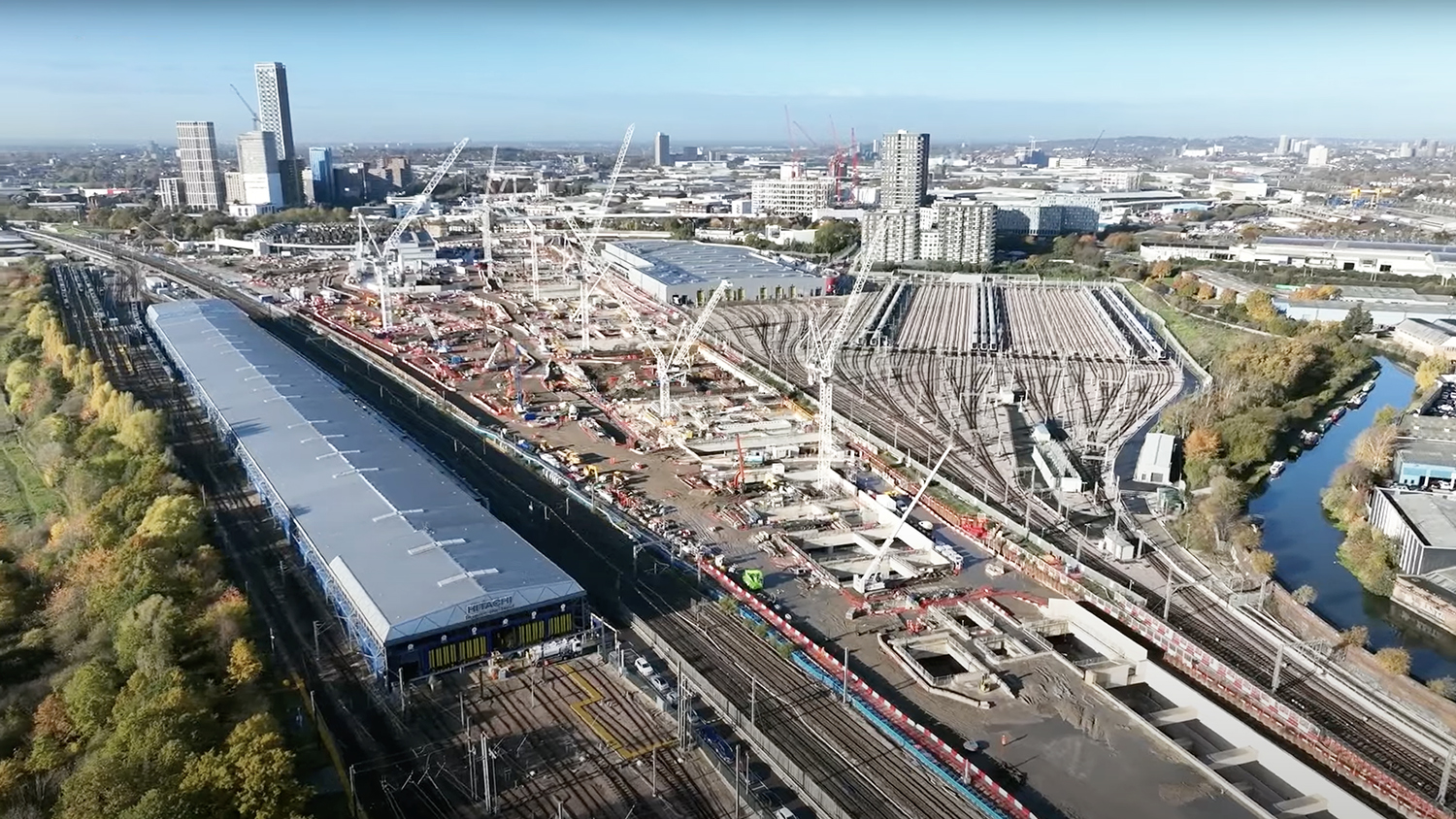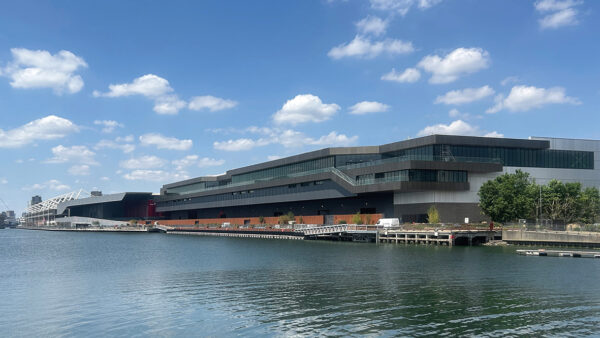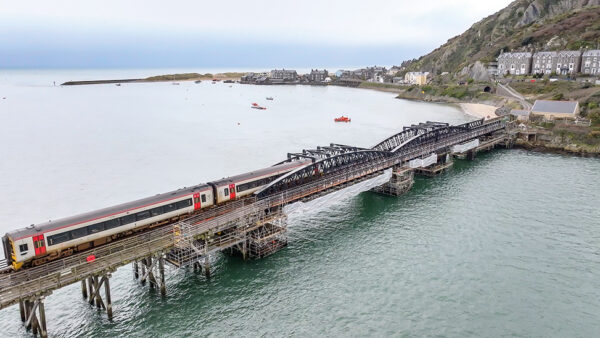Balfour Beatty’s Steve O’Sullivan FCIOB was recently appointed senior project director on HS2’s ‘superhub’ station at Old Oak Common. He tells Will Mann about imposter syndrome, 4D planning and what makes a successful major project.

You’re a local lad, raised in Cricklewood. What does it mean to you, coming home to lead this job?
I started as an apprentice electrician with Balfour Beatty in 1980, when the world was very different! I was on £25 a week. My parents were Irish immigrants and I used to play Gaelic football across the tracks at Wormwood Scrubs.
I know the area well, but it needs regenerating. The HS2 station is going to have such a positive impact; we’ve seen the way the London Olympics has changed east London.
A large programme of work like this gives social value benefits and career opportunities. There’s talent out there, but not always the opportunities. HS2 has given massive opportunities to a lot of people who wouldn’t otherwise have had them: 2,000 people will be employed on Old Oak Common.
The Old Oak Common project has been on site for three years now. What are the main challenges ahead for you?
It’s a logistically complicated project and interfaces with three railways. That’s why we’ve gone for a ‘top down’ construction approach of the station box. That part is mostly complete. I’ll be looking ahead to the superstructure and the roof, which is complex, and there are 52 lifts and 44 escalators to install. That means a lot of trades to manage. The 4D model will be important when we look at the constructability.
One important thing I’ve always found with major projects is understanding and strategically managing the transition of the team through the phases of the project. There are a lot of civil engineers at the start, but then you need a plan to phase the project into the building of the superstructure, the fit-out, the testing and commissioning.

CV: Steve O’Sullivan, Balfour Beatty
2024 Appointed project director, Old Oak Common HS2 station (BBVS JV)
2021-24 Senior project director, Sizewell C Nuclear Power Station
2017-21 Senior project director, Whitechapel Station (BBMV JV)
2013-16 General manager Dubai (Balfour Kilpatrick Gulf)
2011-13 Change programme director
2007-12 Senior project director, Heathrow T2B; BAA National Framework director
2000-07 Project director, Heathrow Terminal 5 (Balfour Kilpatrick)
1990-2001 Senior project roles in Dubai, Egypt, Indonesia and Hong Kong
1980 Joined Balfour Kilpatrick as apprentice electrician.
FCIOB, FCIBSE, City & Guild of London (electrical)
(All roles Balfour Beatty unless stated)
You’ve been at Balfour Beatty 44 years, with tremendous major project experience, notably on Heathrow T5, T2B and on Crossrail. What are the main things you’ve learned from these jobs?
I was on T5 from start to finish – six years – and it was probably the best job I worked on: the safety culture, the approach to collaborative working, it was groundbreaking for the industry.
I think relationship building is key. On the Whitechapel Crossrail station, London Underground were embedded in our team, plus London Overground. It was probably the most complicated Crossrail station: we had 14 different configurations to manage, and I was there right through the testing and commissioning stage.
But when it came to the handover, it was relatively easy compared to the other stations, because we’d already formed the relationships. So, we learned the importance of having your stakeholders in the team, and not seeing them as a third party.
How has the digital perspective changed your role?
Heathrow T2B was probably the best project I worked on for 4D modelling. We changed our methodology, from ‘bottom up’ to ‘top down’ construction, by running scenarios through the 4D model and changing the plant positions to dig from north to south.
We spent a long time reaching that decision, working with designers and supervisors and specialists, and we saved six months on the programme.
Telematics are helping with our carbon reduction. You understand how much plant idling time there has been, how productive the equipment has been. An important part of my role is looking at what we can do to use the equipment more efficiently.
You are an FCIOB. Has that helped your career?
I was reporting to Mike Peasland, when he was Balfour Beatty CEO (2010-13). Mike is FCIOB and he pushed me to apply for CIOB membership and said he would act as my sponsor. I told him I’m an electrician by background, expecting not to be accepted, but when I did the interview, the assessors were very interested in my project work overseas (I’d worked on power plants in the Middle East and Indonesia, the Alexandria Bibliotheca in Egypt, a rail project in Hong Kong). And they said they felt I could go straight to fellow.
Up to that point in my career, I had a bit of imposter syndrome; I left school at 16, I don’t have a degree. Getting that FCIOB recognition gave me a great deal of confidence.
After that, I was asked to manage the change programme for Balfour Beatty and manage the Dubai business. That was interesting. But I always felt more comfortable running major projects than a business.
Any career advice you’d give to aspiring major project directors?
Take opportunities, take risks, stretch yourself. Speak up and make your ideas count. Don’t get hung up about senior people: they’re human beings, go and talk to them and learn from them. Get a mentor, build a network. Don’t expect your career to be laid out in front of you – you need to own it and manage it.
Comments
Comments are closed.












Nice article. I was also happy to connect with Steve through LinkedIn. He is an inspiration to apprentices, as what matters most is not where you started. Sky is the limit!